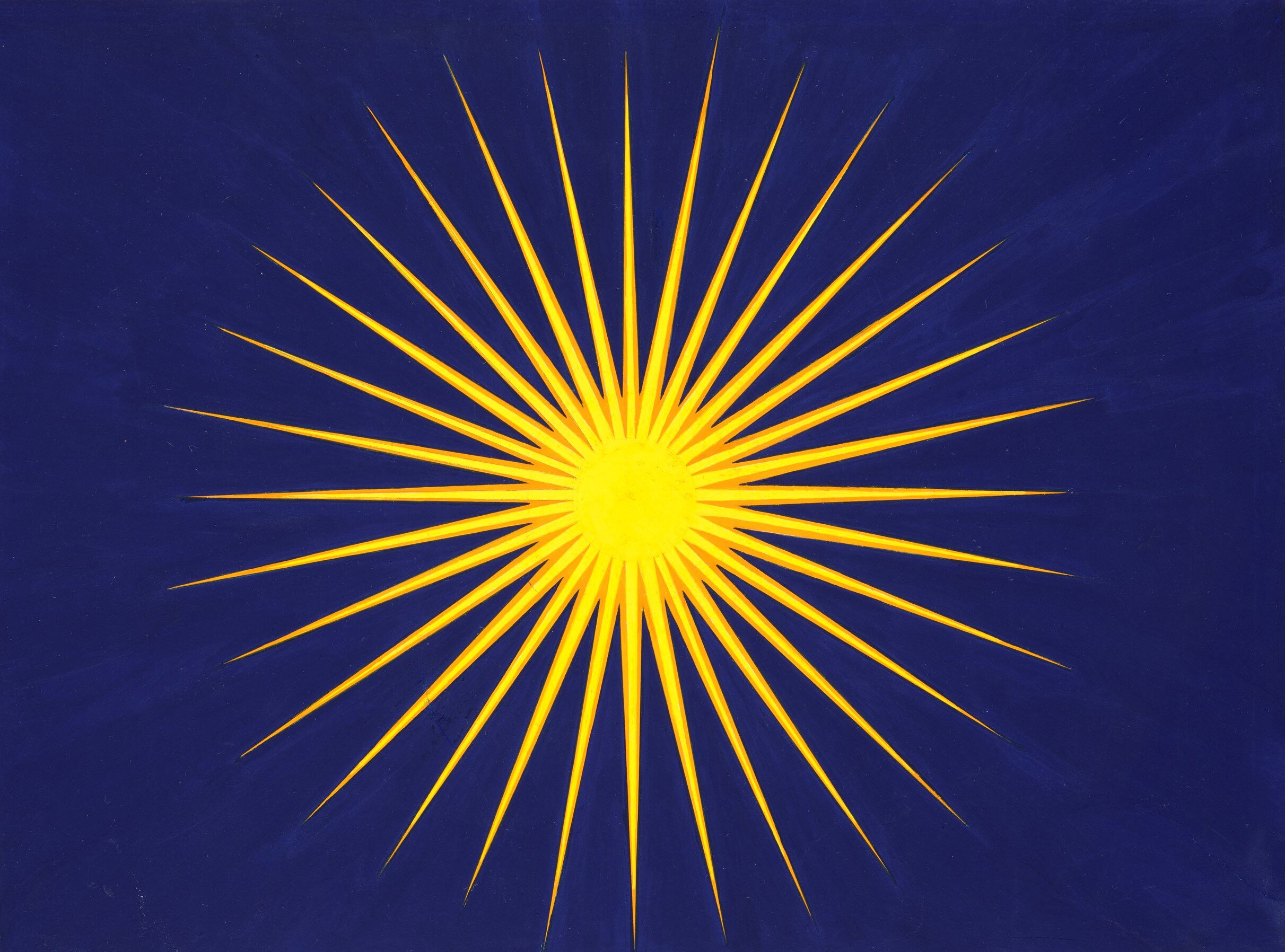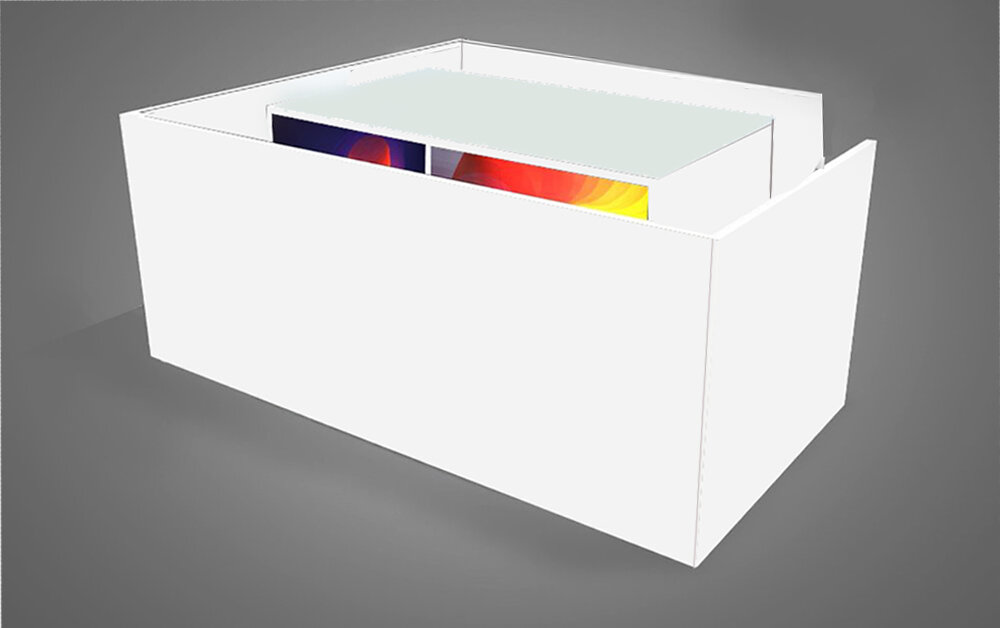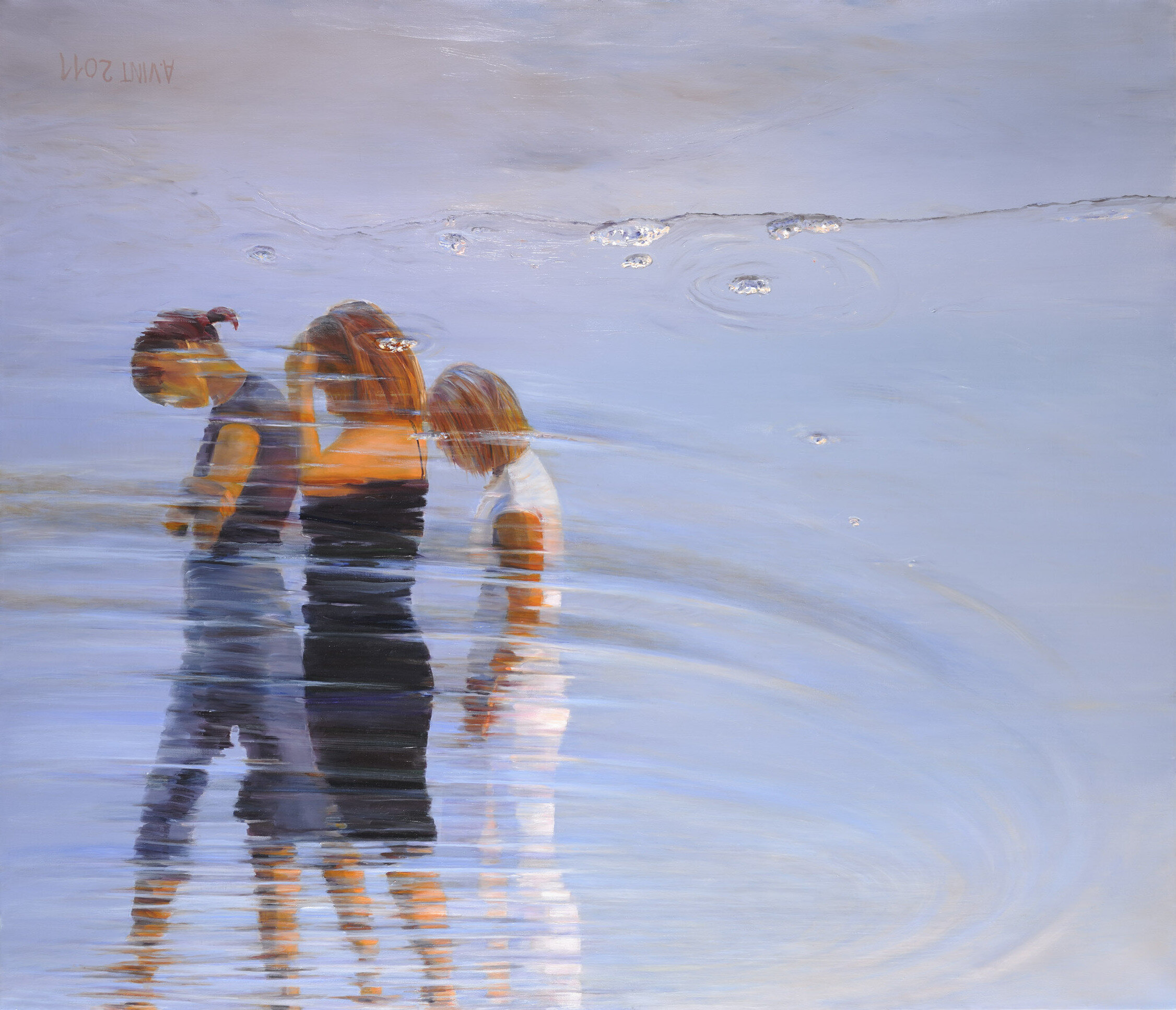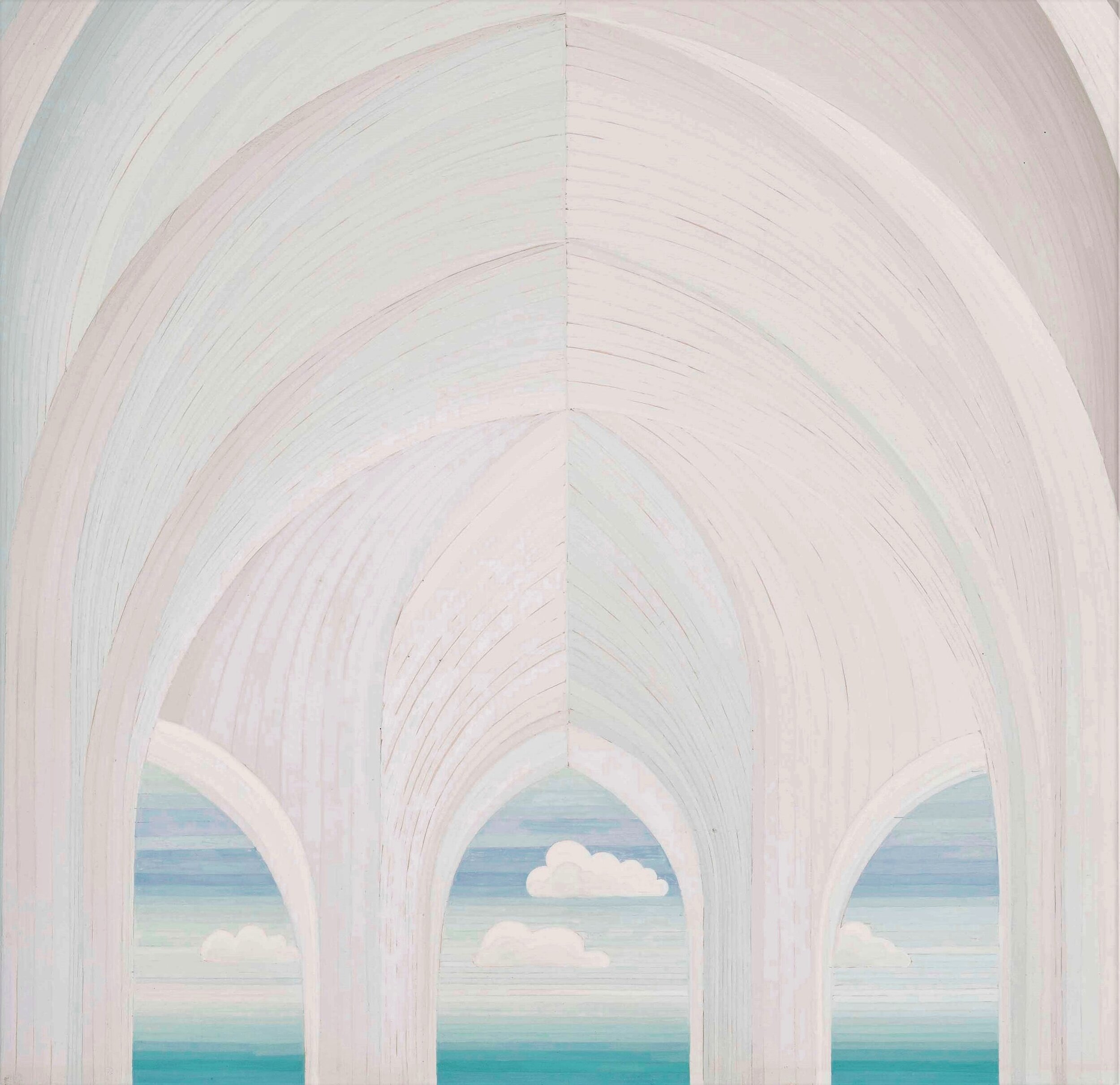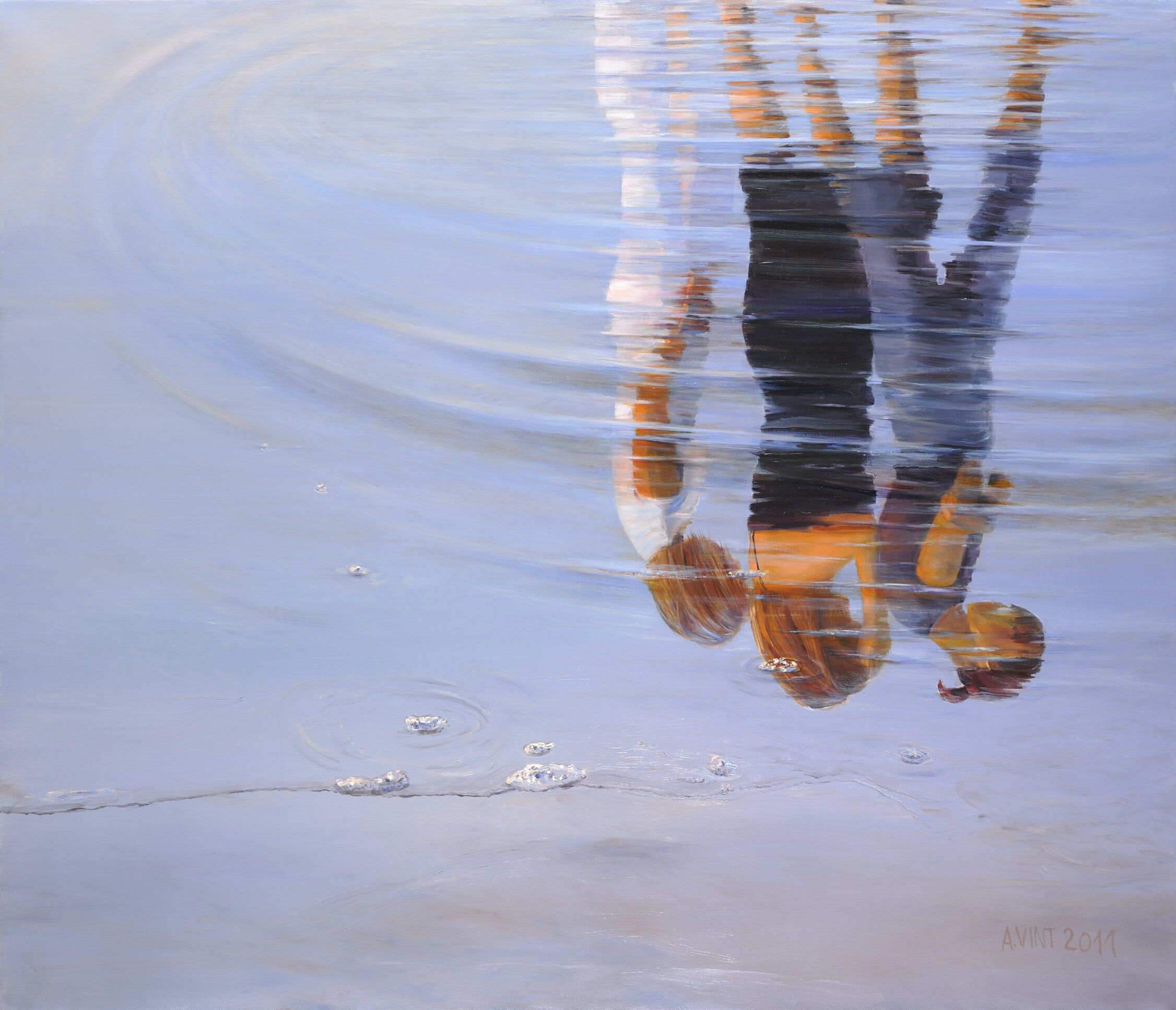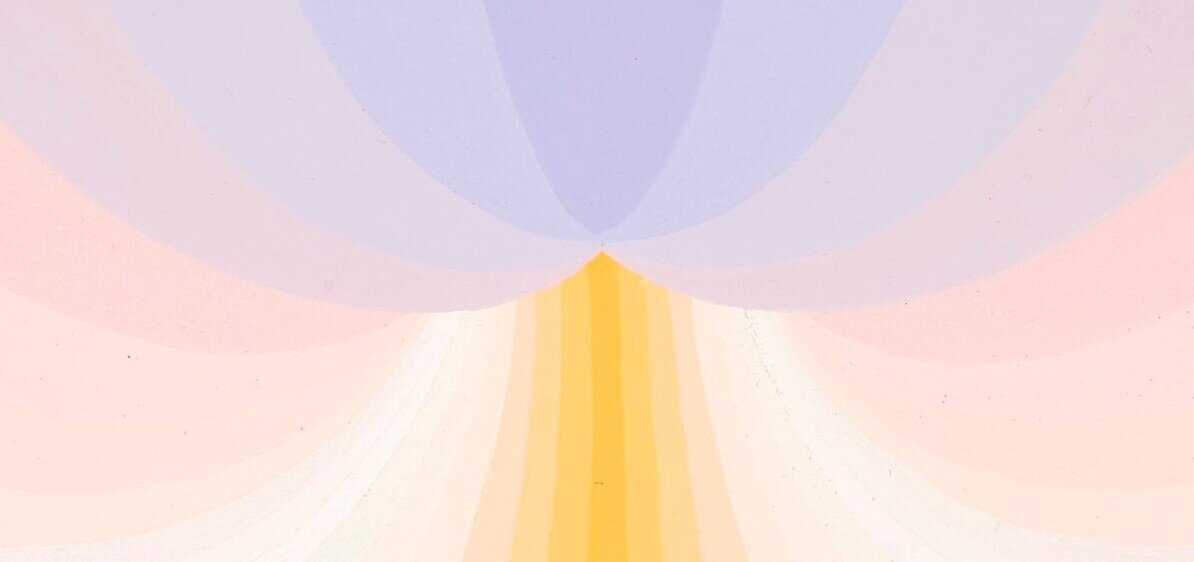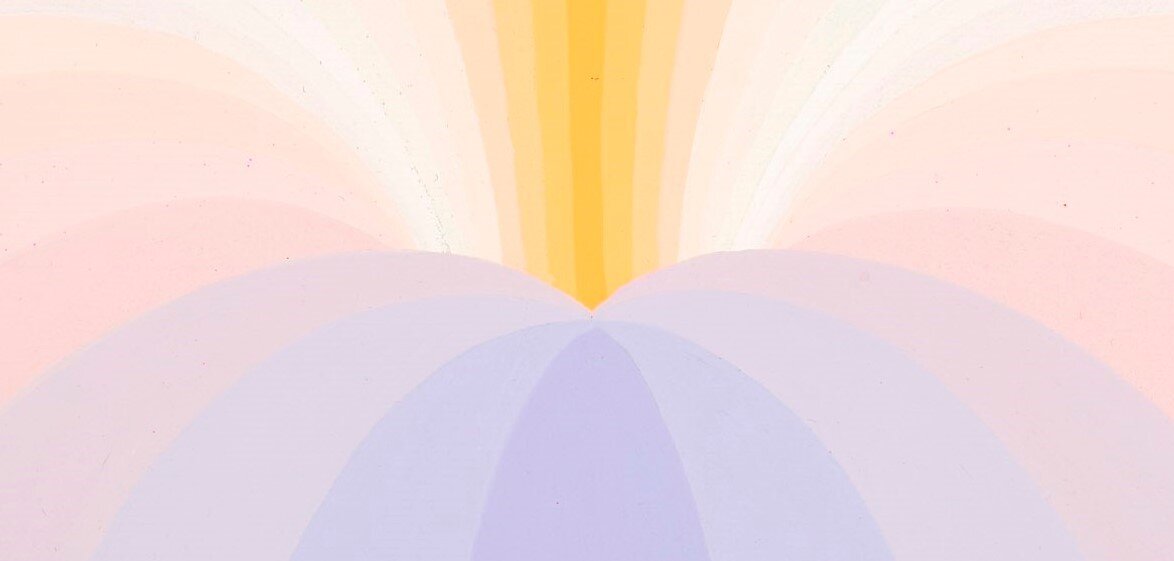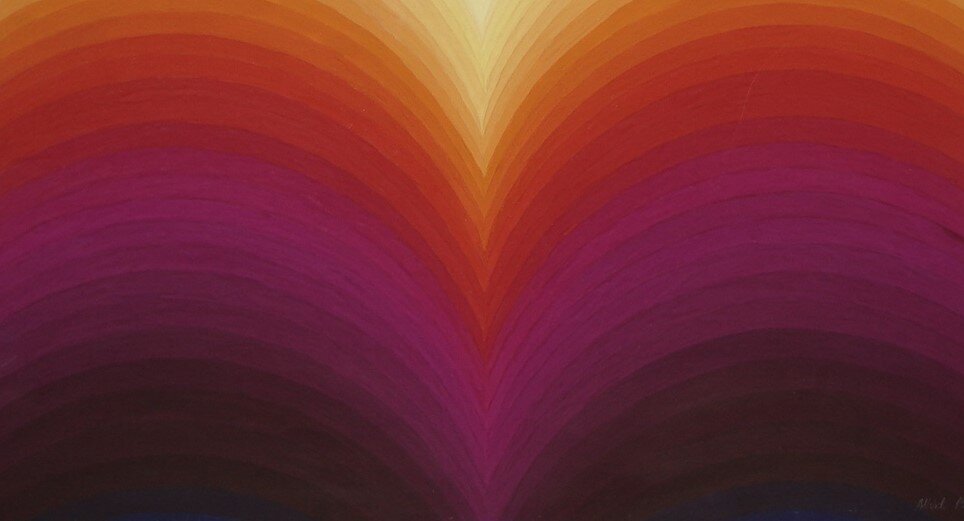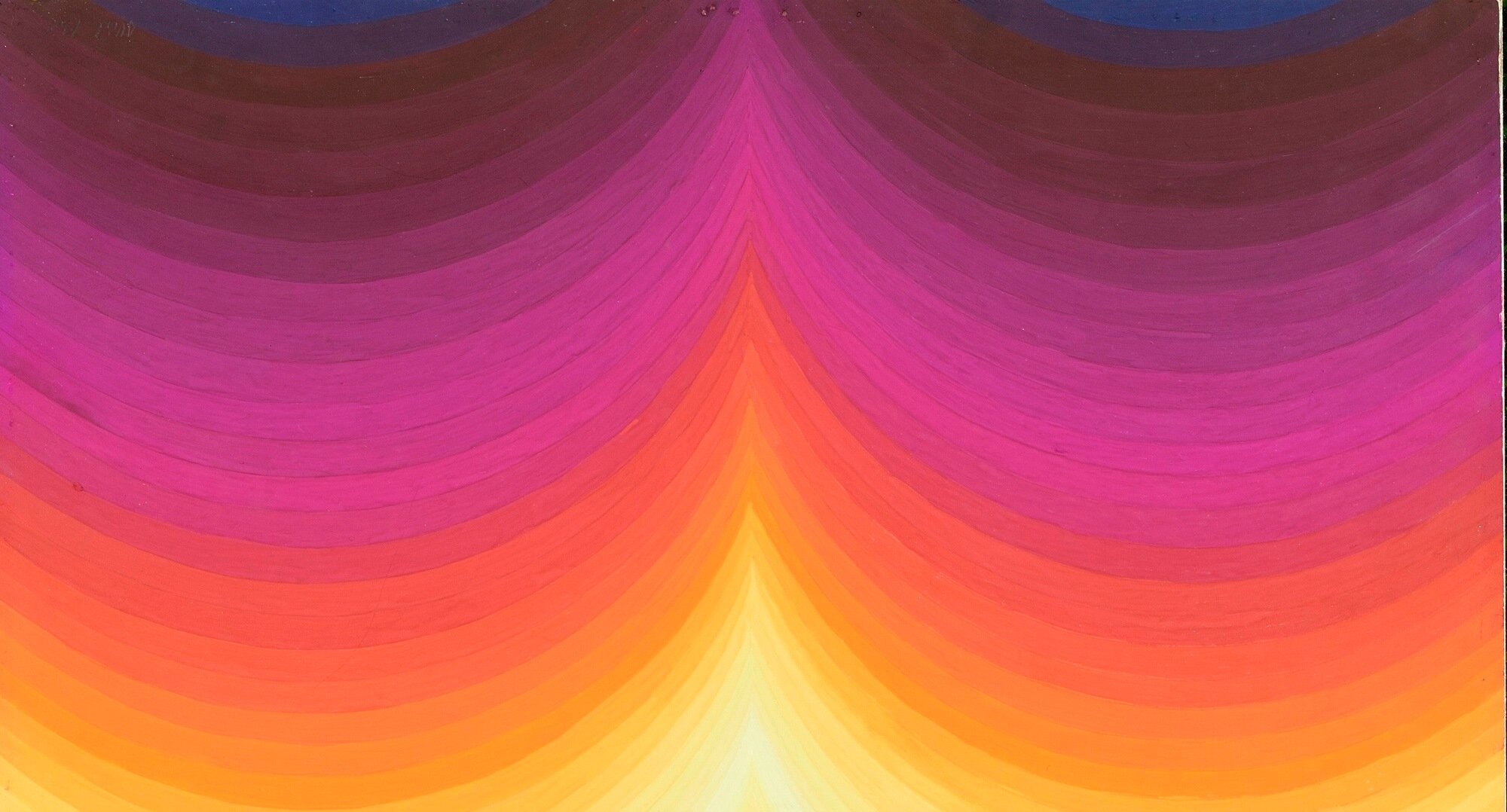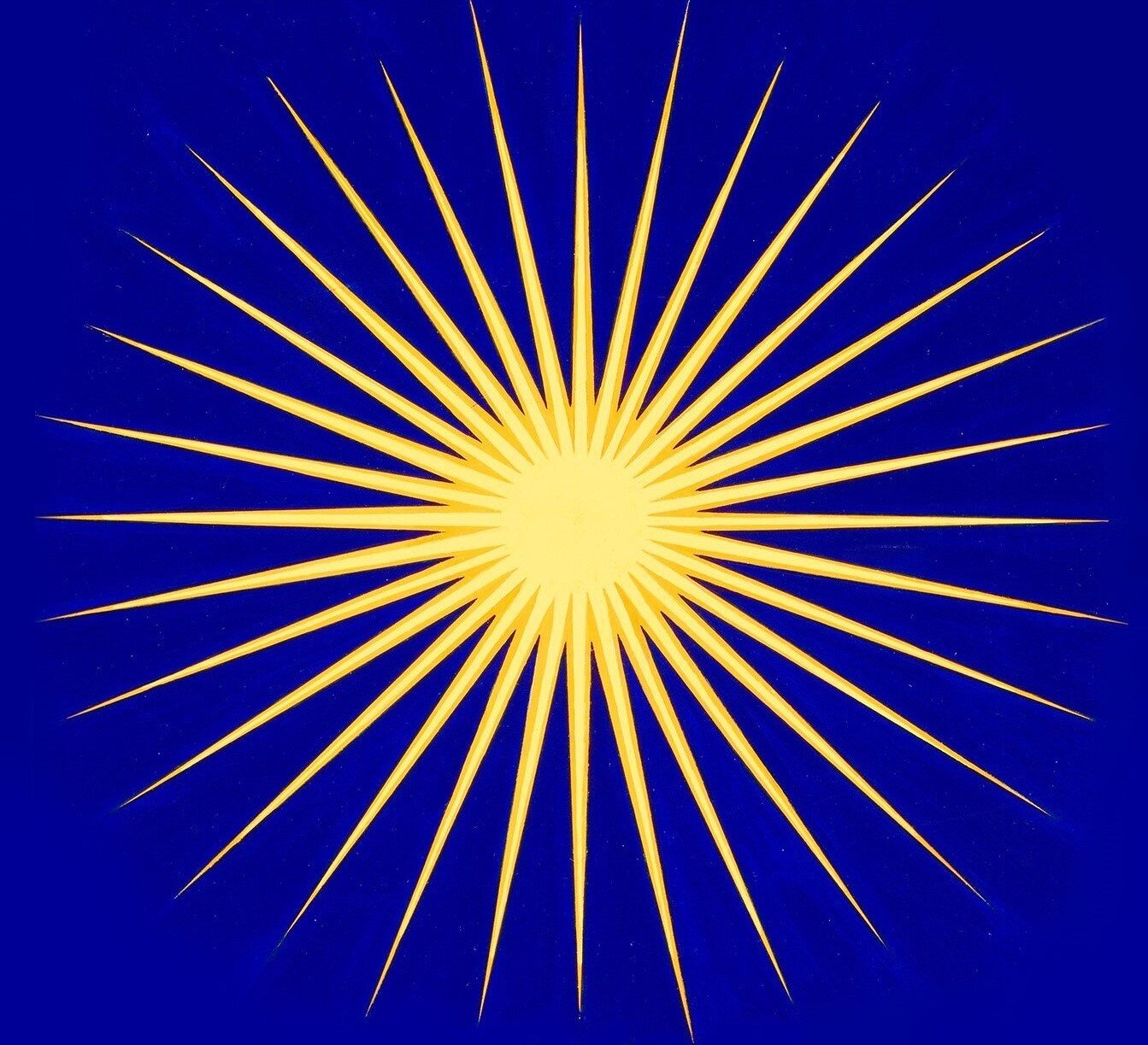Aili Vint: My concept is to create a perception of a new reality, one that is not actually real and not perceivable to the eye. It is intended to be a story of the Sea as a living entity. I feel, therefore, that my three "genres" (marine paintings, guashpaintings, digi-collages) should be displayed with equal emphasis. If you look at the big collages in the order they are placed in my website, then you can see them, and “read” them, like a novel. Kuni kogunenud novellidest saab õige pea romaan. Heal juhul, kui need menüüs õigesse järjekorda seada.
1994
Farewell
852 people died on 28 September 1994, en route from Tallinn to Stockholm on MS Estonia. But nobody knows why and how
many people still mourn their loved ones. We still feel pain and sadness, although 36 years has gone by.
Every year, in every country touched by the disaster, people bring flowers to the memorials on September 28th. It is cold in the soul.
On this sad day I would like to invite the mourners to the warmth of the Tallinn Art Hall and bring back the Sun to their hearts.
SUNSET 1969 Gouache painting 76 X 68 cm Kumu Art Museum
When the Sun leaves with an apologetic Eurydice’s smile in lips, telling us: “I will come again tomorrow”. We will wait, but he might not come. — Come back tomorrow! (We always called out to the Sun, when we were children.) The Sun teaches us to wait and to be patient. Teaches us to forgive.
…I asked for forgiveness
(Aili Vint, THE SEA BOOK)
I will never forget the Sea the day after the sinking of the MS Estonia. We were at our summer home, electricity was not available, we did not know anything. When we went to the Sea to see the storm, I could not understand what had happened to my Sea. The Sea was frenzied, desperately lost and confused. It was as if it was seeking something that cannot be found, and thus anguished. It alternately moaned and sighed. The Sea was exhausted, but still unable to subside. Only just before sunset, when an enormous dark wall of clouds came and cast a heavy shadow over the Sea like a blanket, the sea calmed down somewhat. In the evening, when we went to get some milk from a neighbouring dairy farm, we learned why the Sea had been in anguish, seeking forgiveness. It had taken too many lives at once.
Aili Vint SEA UNDER THE DARK SKY. Oil on canvas 92 x 115 cm Kumu Art Museum
A year later, riding to Pirita on the bus, I suddenly heard an old woman sigh to herself, "I hate the sea." and I felt the pain again. I saw how she turned her back to the Sea. But on this day the Sea was so calm and serene. So beautiful and gentle. I got off the bus and asked forgiveness from the Sea.
Aili Vint PALE SEA Oil on canvas, 92 x 115 cm KUMU Art Museum
Mourning
MOURNING Gouache on paper 67 X 61,5 cm autori kogust
No one can know how unbearably painful are the bright colors of grift
the artist sees the solution in a new relationship with nature
Estonian writer Jaan Kruusvall: “The world that Aili Vint creates while painting the Sea is fragile and elusive, easily vulnerable. Just like the rest of the world. Like the inner world of a person.”
Aili Vint: “Dear Mourner, please allow the Sun and the Sea bring back peace into your soul.
Sunset on the Sea is the time when you can experience the secret world of nature. The Sea has innumerable moods. Sometimes it’s a wanton trickster, sometimes inhumanly cruel, sometimes just indifferent. This comes naturally to the Sea. Its magnificent indifference is something one should learn from. The Sea doesn’t care whom it takes and whom it leaves, whom it carries and whom it drowns. The Sea just is! Even after the most ferocious storm it calms down. It’s gentle and tender again.
MEDITATIVE LIGHT INSTALLATION WITH HOLOGRAMM-SUN
In the countries touched by the disaster, places can be found near the memorials (for example the Vasa Museum in Stockholm, beside the old seafarers’ cemetery) where every year, on the night of September 28th, the exposition lights would be turned off and on that dark tragic night, the only hologram-sun shines.
In Tallinn, the hologramm-sun on the main window of the art building would start to illuminate the whole Freedom Square.
TO BE IN THE GLOW OF SUNSET
I will tell you about the magical touch of sunset I always carry in my heart. The weather was calm. The Sky was admiring itself in the giant mirror that the Sea had become. The Sun quickly grabbed some colours and started to paint the Sea. More perfectly than any artist could have done.
I am so grateful to the Sun that it gave me a seascape that will stay forever in my mind. At that moment I was overwhelmed by an unexplained feeling, almost primeval in its essence. It was so powerful, that I felt pain in the beauty of the Sea. I did not understand where the tears came from… As I was truly happy!
I really hope that the Sea and the Sun together will bring the peace of mind back to the mourners. Päike on nagu jumala silm taevas ja paistab meie kõikide peale.
dreaming big: I want to create an exibition for the mourners in the Tallinn Art Hall
“Estonian marine painter Aili Vint current focus is VR and digital light installations inspired by water. The latest piece “Farewell” is a memorial designed for the sinking of MS Estonia on the Baltic Sea, September 28th, 1994. Claiming 852 lives, it was one of the worst maritime disasters of the 20th century. Playing with perception of horizons, the artwork calls upon the human experience as a commemoration of those lost at sea.” (Aesthetica Magazine, December 2018)
But in spring 2019. the Art Hall board gave me a hopeless NO: “In the present situation we want to offer only positive messages. Your idea goes well with the concept and we thank you for that. But it is a long way to make the idea into reality and we nave neither the people or financial coverage to support this. Without the director’s approval we cannot accept any projects, so our answer to you is “no."
I understood. This was during the spring crisis. Now the Art Hall has a new director and a new investigation to the disaster has been initiated. Once again the peace has been disturbed. Now I am asking the new board of the art building for permission to use only the main window of the building. And I have a dream to help the mourners find peace now in St.John's Church gallery*s in this years.
I sincerely belive that to some extent, art will help alleviate the pain of loss. I really hope that the Sea and the Sun together will bring the peace of mind back to the mourners
meditative time- and space-specific installation into St. John's Church gallery’s
It should be as big as the exhibition space allows.
As soon as you step into the white outer space, just like a passageway, your eyes get immersed in the light. You will move in the white space that takes you to endless light. Eternity.
INSIDE THE SUNSET
When you arrive to the inside space, you will find yourself in the fiery Sunset. You are immersed in it. A powerful sturm of the colours is all around you, even underneath your feet. You will feel the physical touch of the warm Sea and the Sun.
It’s true, the Sun and the Sea teaches us to wait and to be patient. Our greatist teaches teaches us to forgive. They are infinitely honest and independent, unchanging in them changes. The Sea and Sun have my endless gratitude forever. I don’t know anyone else who through the constantly changing times would stay the same forever.
NB! We must be patiences, — one fine day, a Sea itself will bring the truth to light.
I really hope that the Sea and the Sun together will bring the peace of mind back to the mourners
I really really hope …
contineu:





